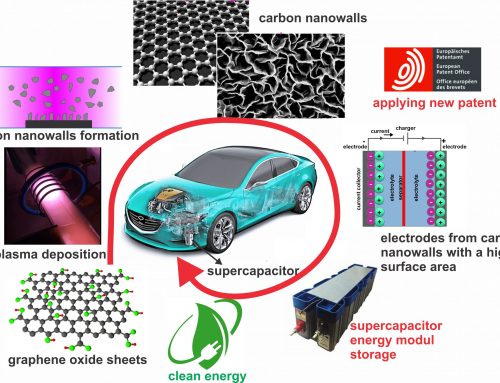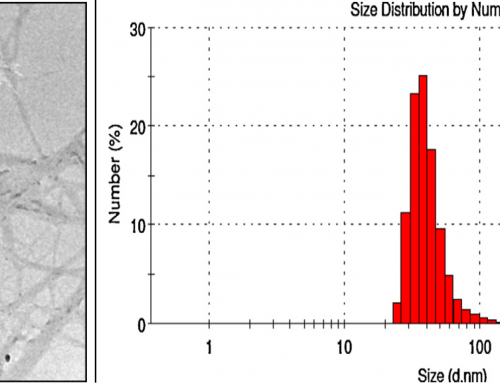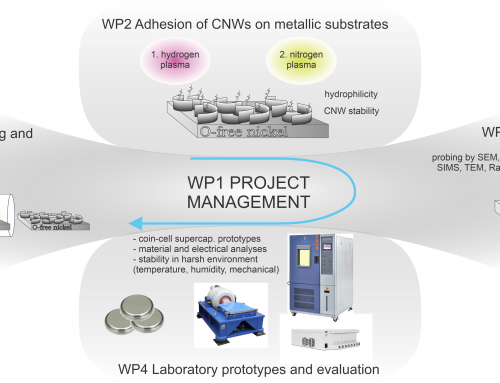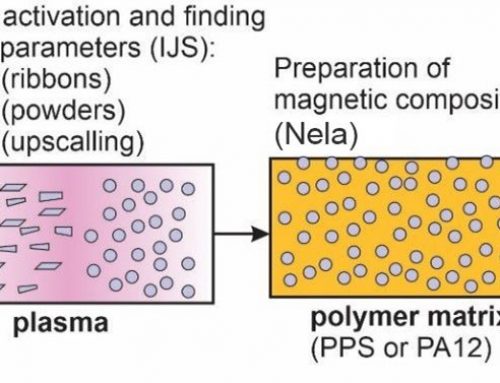Development of new, environment-friendly approaches for plant and human virus inactivation in waters (L4-9325)
Project leader: Prof. Dr Maja Ravnikar (National Institute of Biology)
Investigator: Dr Gregor Primc (Jozef Stefan Institute)
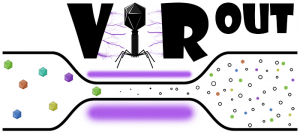
Water intended for human consumption (i.e., drinking water), or for human related activities (i.e., irrigation in agriculture), should preferably be free from different harmful contaminants that range from chemicals and organic compounds, to microbiological hazards. The accepted concentrations of such contaminants are regulated through specific water directives in different regions worldwide. Bacteria have traditionally been in the forefront of research among microbiological contaminants in water, while human and plant viruses were discriminated, due to the lack of appropriate concentration and diagnostic methods for viruses. Lately, methodologies have become more available and viruses are being increasingly causatively related to disease outbreaks (usually gastroenteritis) or crop losses. Therefore proper cleaning and efficient virus disinfection methods are urgently called for. The USA Environmental Protection Agency states that a proper water disinfection method should reduce the viral load by 4 logs, while new European legislation is in preparation. In this project, experts in virology, mechanical engineering and plasma chemistry and physics, will aim to contribute to the field of waterborne virus inactivation with two innovative technologies that have already been applied for bacterial and organic compound disinfection, but whose power has not been tested yet for viral inactivation: hydrodynamic cavitation and gaseous plasma. While hundreds of research groups worldwide work on plasma treatment of water and several are involved in cavitation, this project represents the first attempt to combine the two techniques and benefit from synergistic effects. According to our hypothesis, cavitation will provide numerous dense water-vapour bubbles that will be used to create gaseous plasma rich in OH radicals, other reactive species and UV radiation for immediate oxidation of viruses on the bubbles’ surface, which will increase the destruction efficiency by orders of magnitude compared to separate treatments by cavitation or plasma. As soon as the proof of concept will be confirmed we will consider a patent application. The efficiency of the proposed method for virus inactivation will be assessed on different plant and human model viruses with different virus characterization tools, that target different viral components, such as particle integrity (Electron microscopy), genome integrity (Nanopore sequencing, PCR) and infectivity assays. The inactivation efficiency with traditionally used techniques such as chlorination will be tested in parallel to evaluate advantages of the new technique. One of the drawbacks of traditionally used virus inactivation methods like chlorination is the release of disinfection by-products. Here we will evaluate the potential effect of the water treated with both cavitation and plasma on plant’s growth and development, toxicity to human cells and compare it with the effects of a chemical treatment i.e., chlorination. In collaboration with the project partner at the wastewater treatment plant Domžale, we will also asses the suitability for upscaling the technology to a water treatment plant level, so commercialization of the technology is foreseen after termination of this project. This could be achieved with the involvement of the Ministry of agriculture, forestry and food, which is included as a financer. The dissemination of the project results will raise public awareness and alert the responsible stakeholders to the waterborne microbe problematics and solutions offered by the project. This is especially important in the field of reusable water resources management, which is more and more important due to climate change and the lack of high quality water resources.




